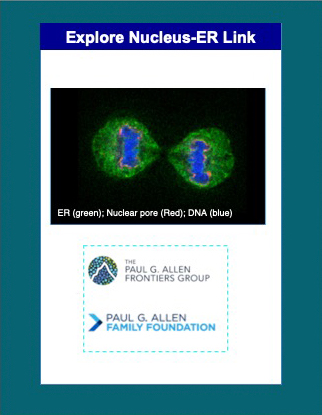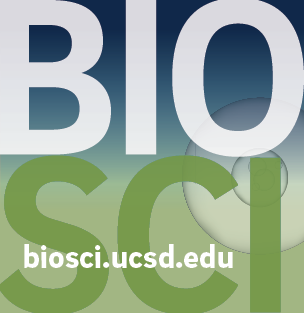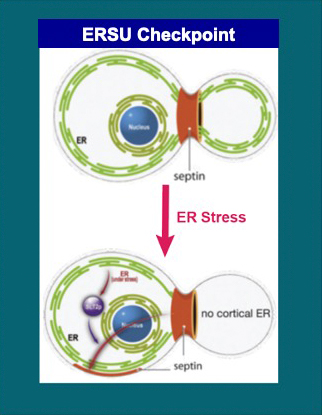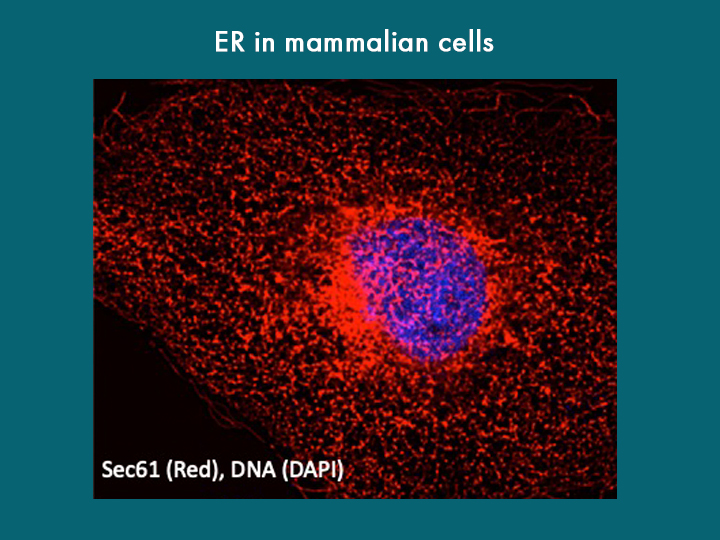Niwa Lab
University of California, San Diego
Research Projects
The Niwa laboratory focuses on understanding how the endoplasmic reticulum (ER), the gateway to the secretory pathway and source of most lipids and one third of all cellular proteins, regulates these functional demands in response to distinct environmental, developmental, or disease cues. This is achieved by studying a stress signaling pathway called the Unfolded Protein Response (UPR). (1) We study how mis-regulation of the UPR leads to human diseases, ranging from asthma to cancer using molecular, biochemical and pharmacological high-throughput screening approaches. (2) Our lab also discovered a cell cycle checkpoint in yeast that ensures that all dividing cells receive both functionally correct and spatially sufficient ER during each cell cycle. This was one of the first cell cycle checkpoints for regulating the inheritance of cytoplasmic components like the ER and it is now known as the ER stress surveillance (ERSU) checkpoint. In yeast, ERSU halts ER inheritance, leading to a block of cell division until the ER can be repaired. Using cell biological and molecular approaches, we address our pioneering work for uncovering how the ERSU checkpoint is initiated in response to ER stress and communicates with cell cycle progression. (3) Recently, the lab made seminal discoveries in both yeast and mammals showing that ER stress induces specific sphingolipids and these in turn act as key inducers for the ER cell cycle checkpoint. (4) Furthermore, our lab is expanding into a new and exciting area in cell biology: how the ER communicates architecturally and functionally with the nucleus, through the use of CRISPR/Cas9-based genetics, microfluidics, and state-of the-art live cell imaging. (5) Failure of the ER to meet such demands is an underlying cause of many human diseases, including cancers such as multiple myeloma and pancreatic cancer, as well as diseases ranging from Alzheimer’s and Parkinson’s to cystic fibrosis, type 2 diabetes, and obesity. Thus, understanding how the ER is regulated and how it meets the challenges presented by constantly fluctuating developmental and environmental changes has great biological and medical significance.
Visit Our Research Pages:
The Unfolded Protein Response and Human Health
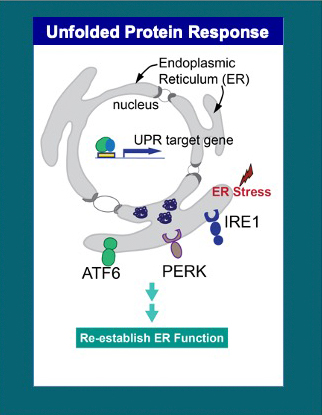
Nucleus-ER Link
